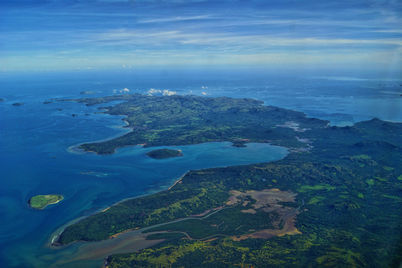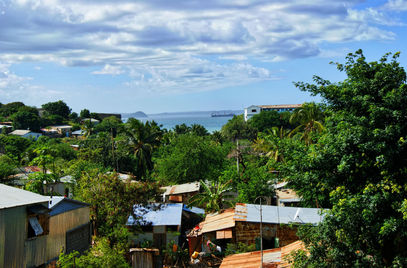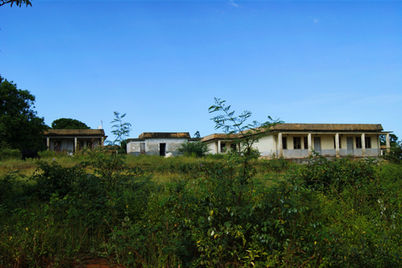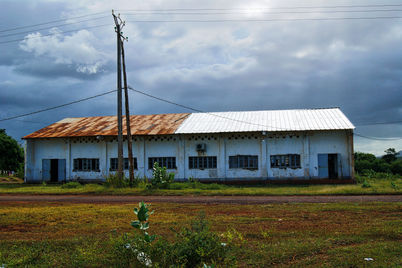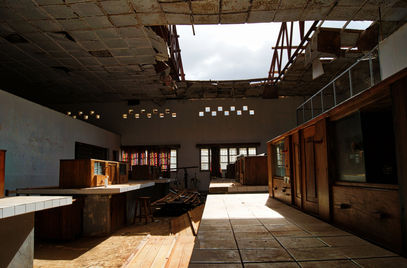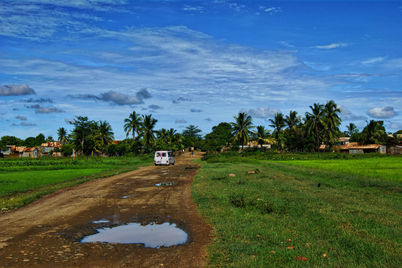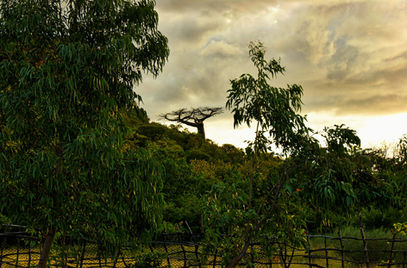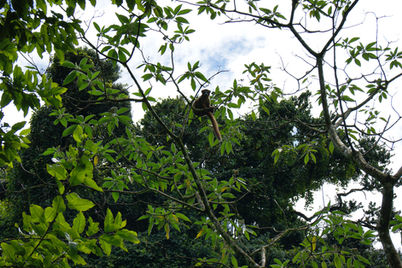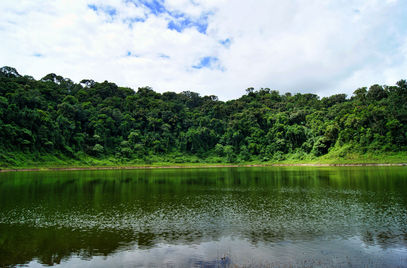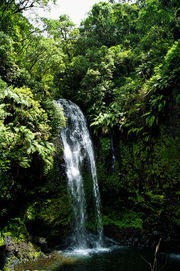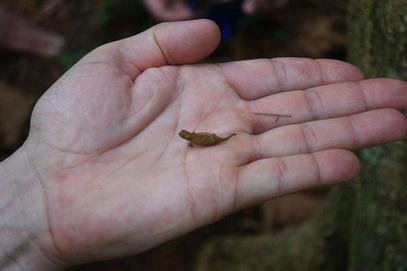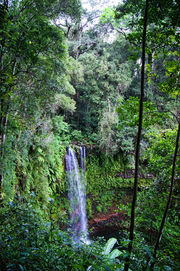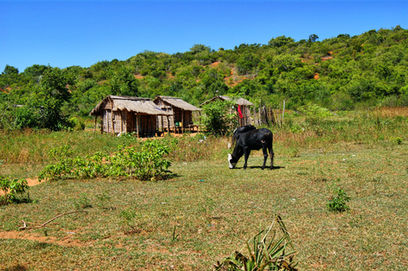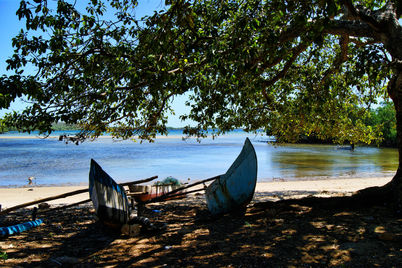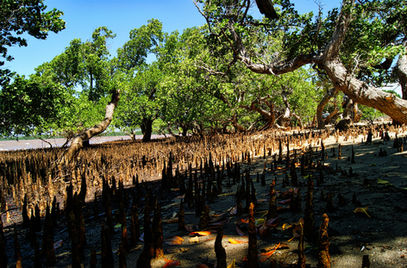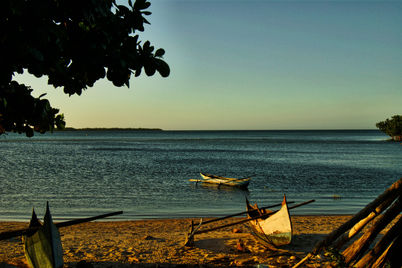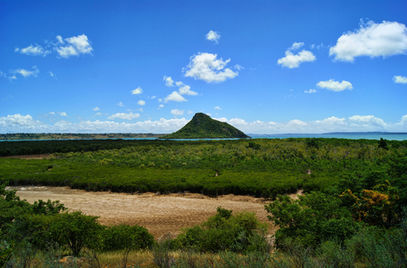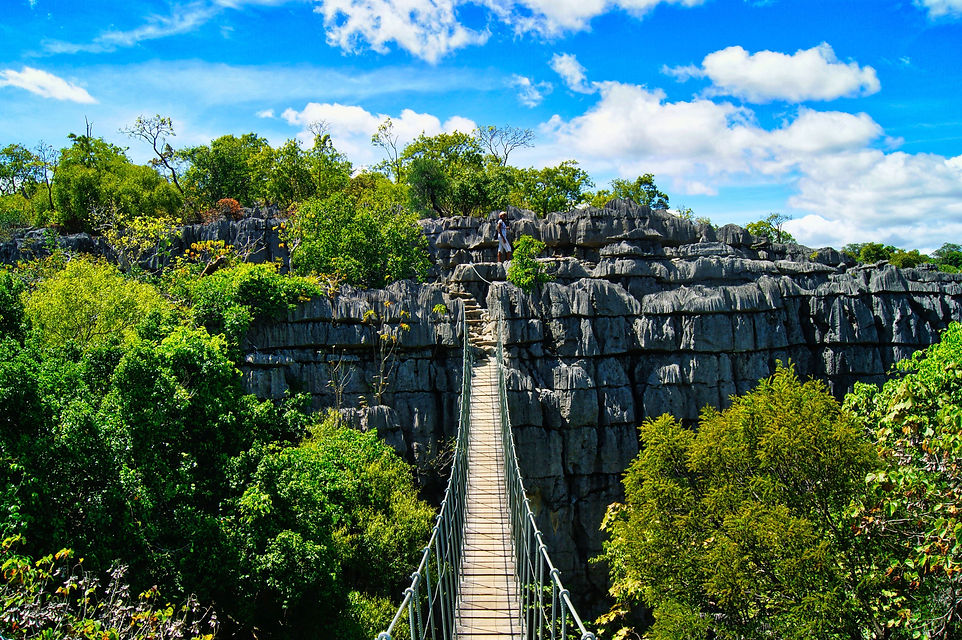
Madagascar
I began my graduate studies working with a group of Professors at the University of Bordeaux on a project titled NATURE which analyzed environmental management and policies in different parts of the world. One area of focus was northern Madagascar, specifically, the way mangroves were being managed. I took the role of mapping part of Madagascar’s mangrove dynamics, under the supervision of Dr. Xavier Amelot. This became my Masters’ Thesis, as I conducted a study of the mangroves of Northern Madagascar from the 1980s to 2014, using remote sensing and field data.
In order to conduct my first extensive field campaign, I spent a month in Madagascar taking field measurements and working with politicians, international Non-Governmental Organizations, and local scholars. This project allowed me to grasp the benefits and challenges of conducting scientific research and fieldwork in Geography.
Results showed that Madagascar's mangroves are strongly impacted by anthropogenic factors, mainly caused by wood gathering (for charcoal or timber), and mineral mining (especially sapphire).
Although Madagascar’s mangroves have been heavily deforested from the 1970s to 2000s, mangroves now seem to be recovering and, in some cases, expanding throughout the island. These positive dynamics can be explained by natural regeneration, as well as local reforestation initiatives induced by replanting programs funded by NGOs and large corporations in order to offset carbon emissions (manuscript in prep). We also found that efforts by local fishing communities have been very efficient towards protecting and preserving the surrounding mangroves.




